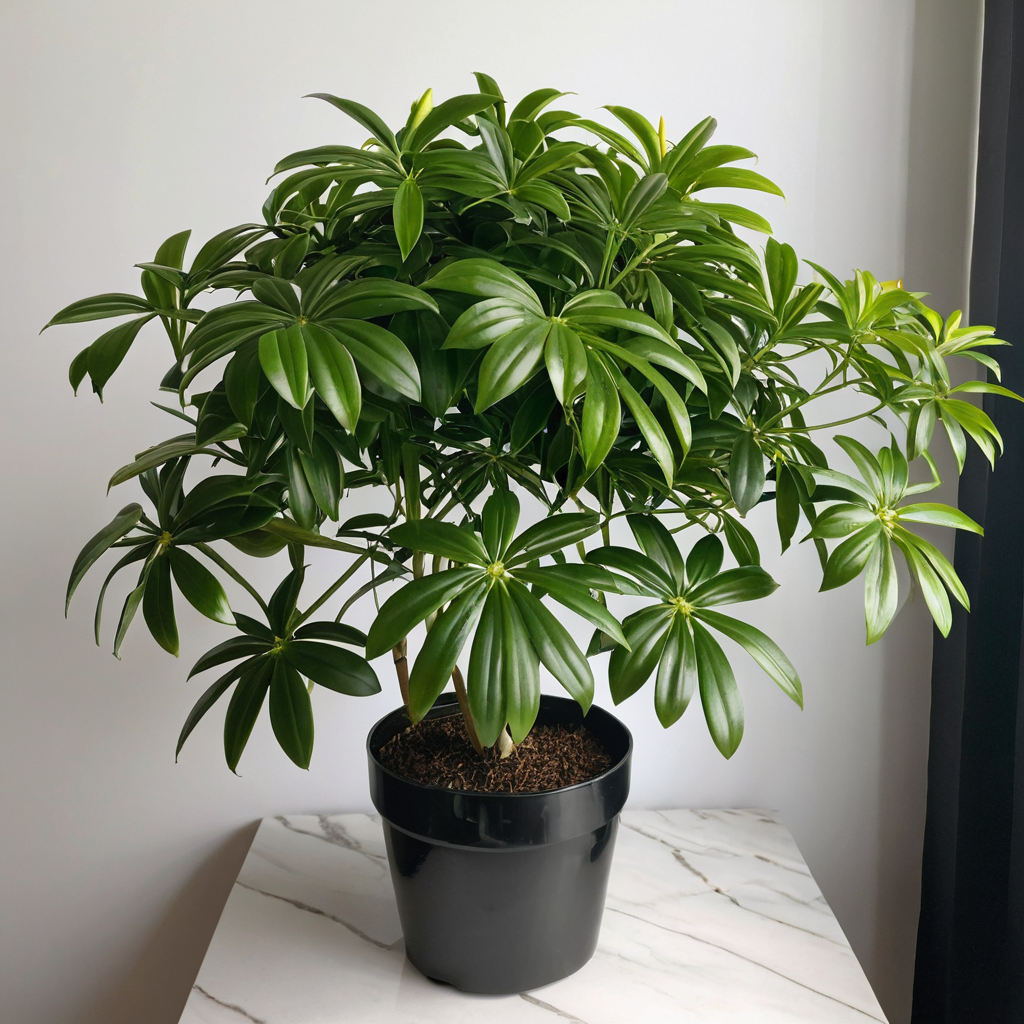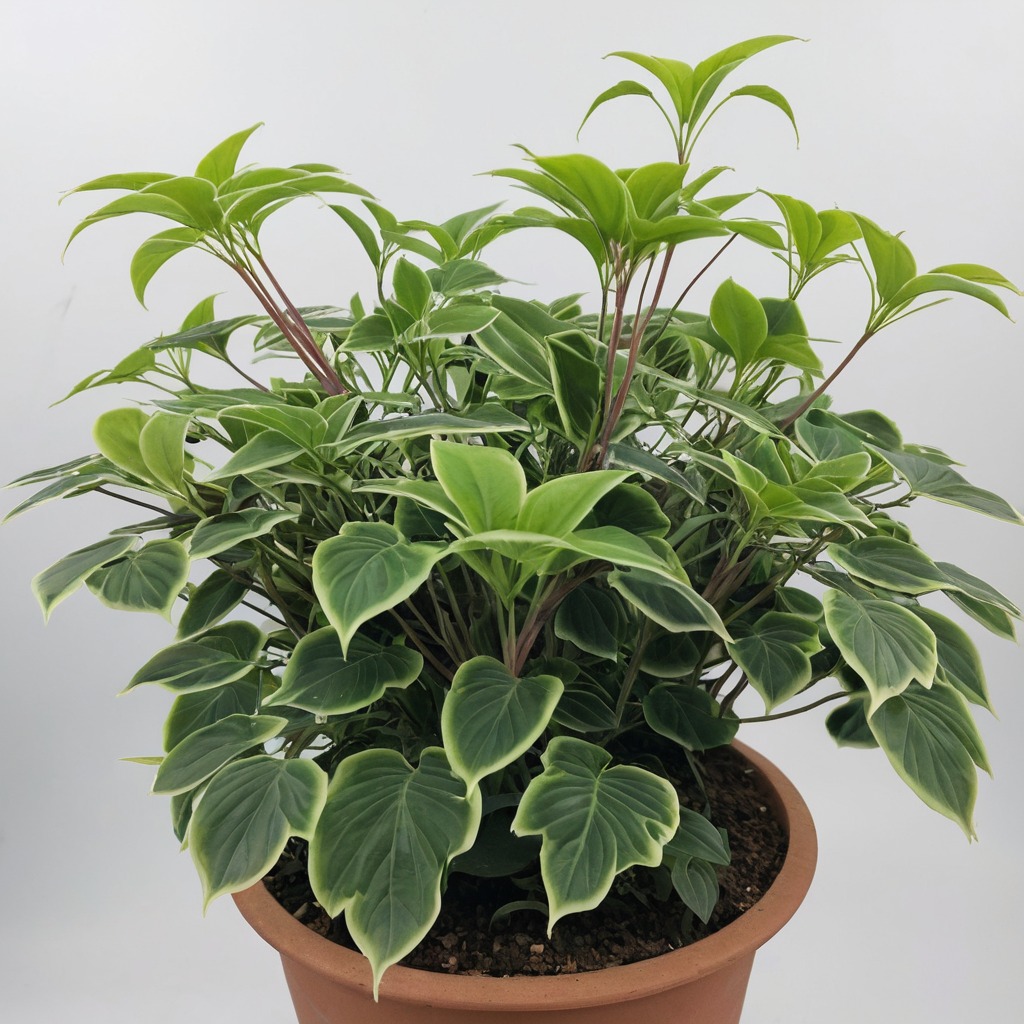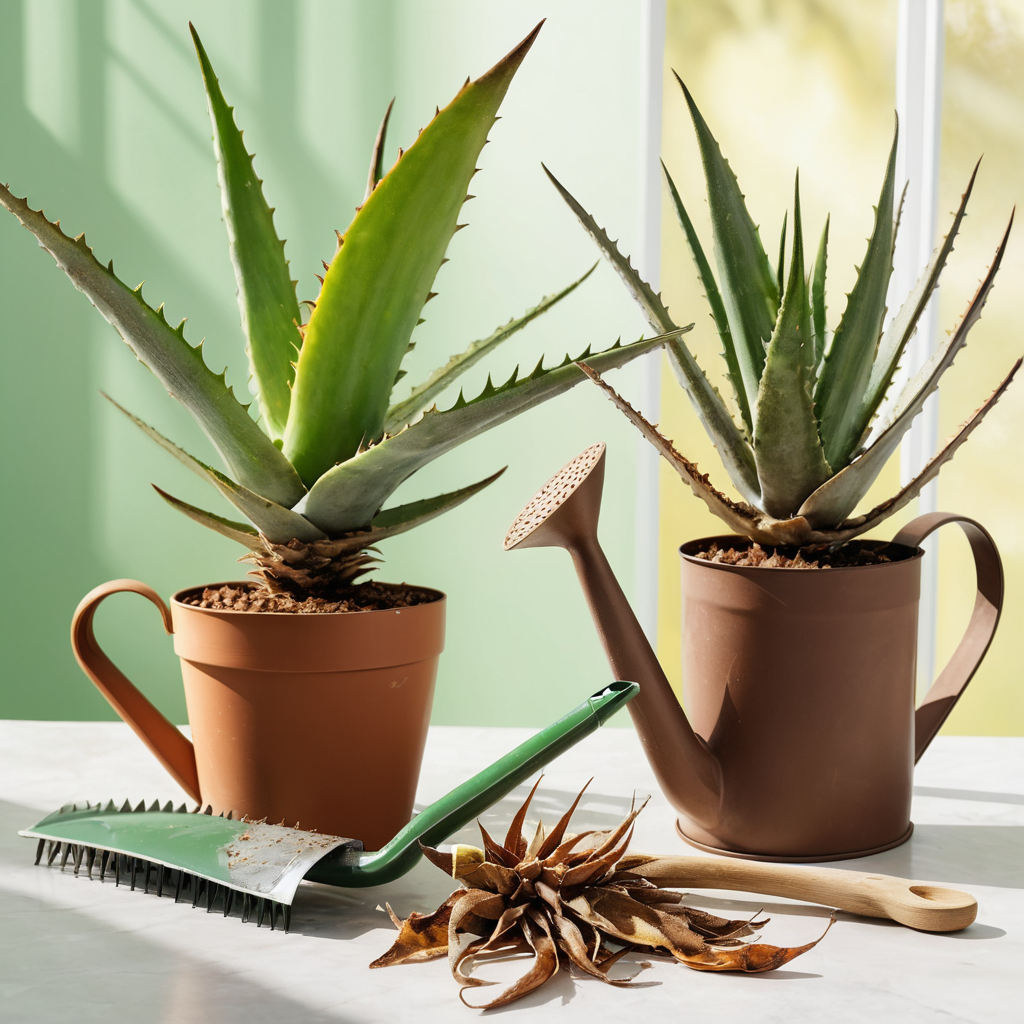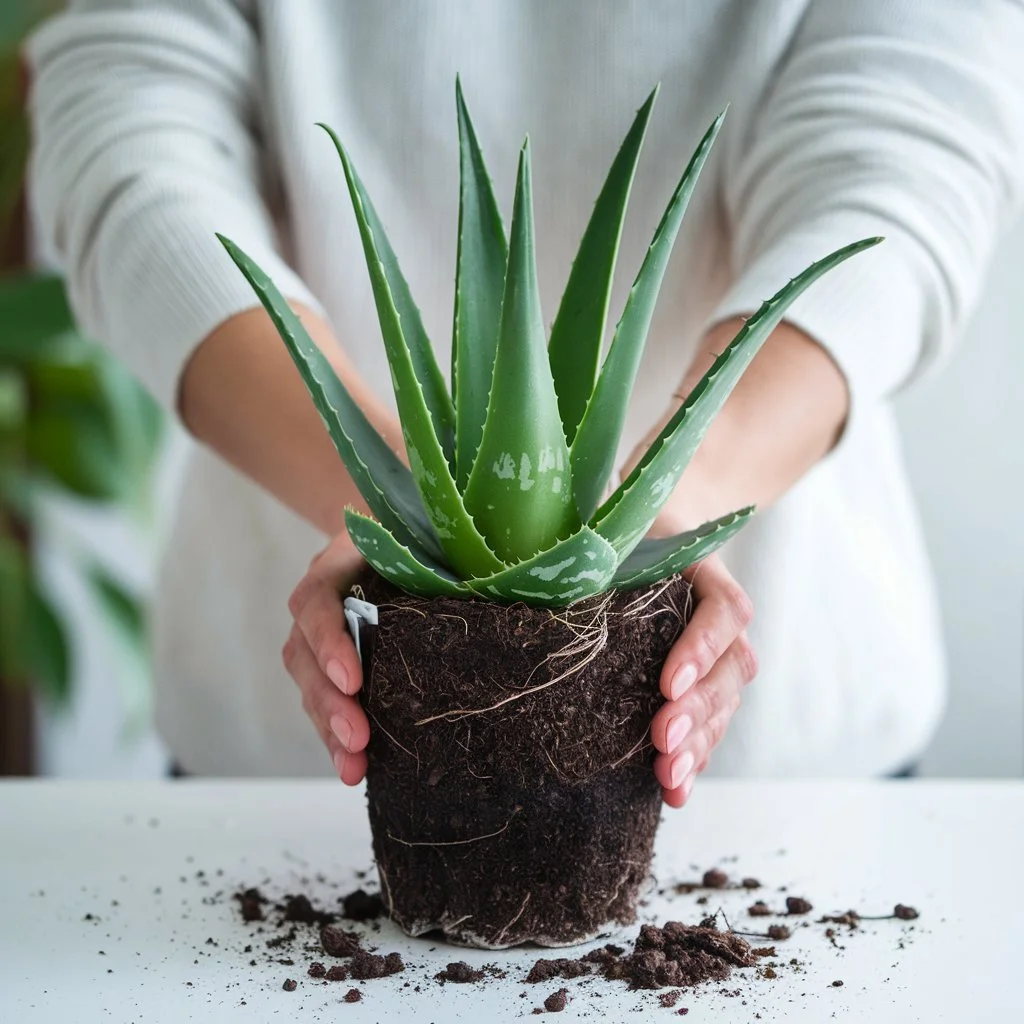Introduction
If you’re lucky enough to have a Wandering Jew plant in your home, you’re already halfway to a beautiful, vibrant space! But we all know that plants, no matter how stunning, need a little TLC to thrive. Whether you’re a seasoned plant parent or a total newbie, you might be wondering how to keep that gorgeous purple-and-green foliage looking fresh and fabulous. Well, you’re in the right place!
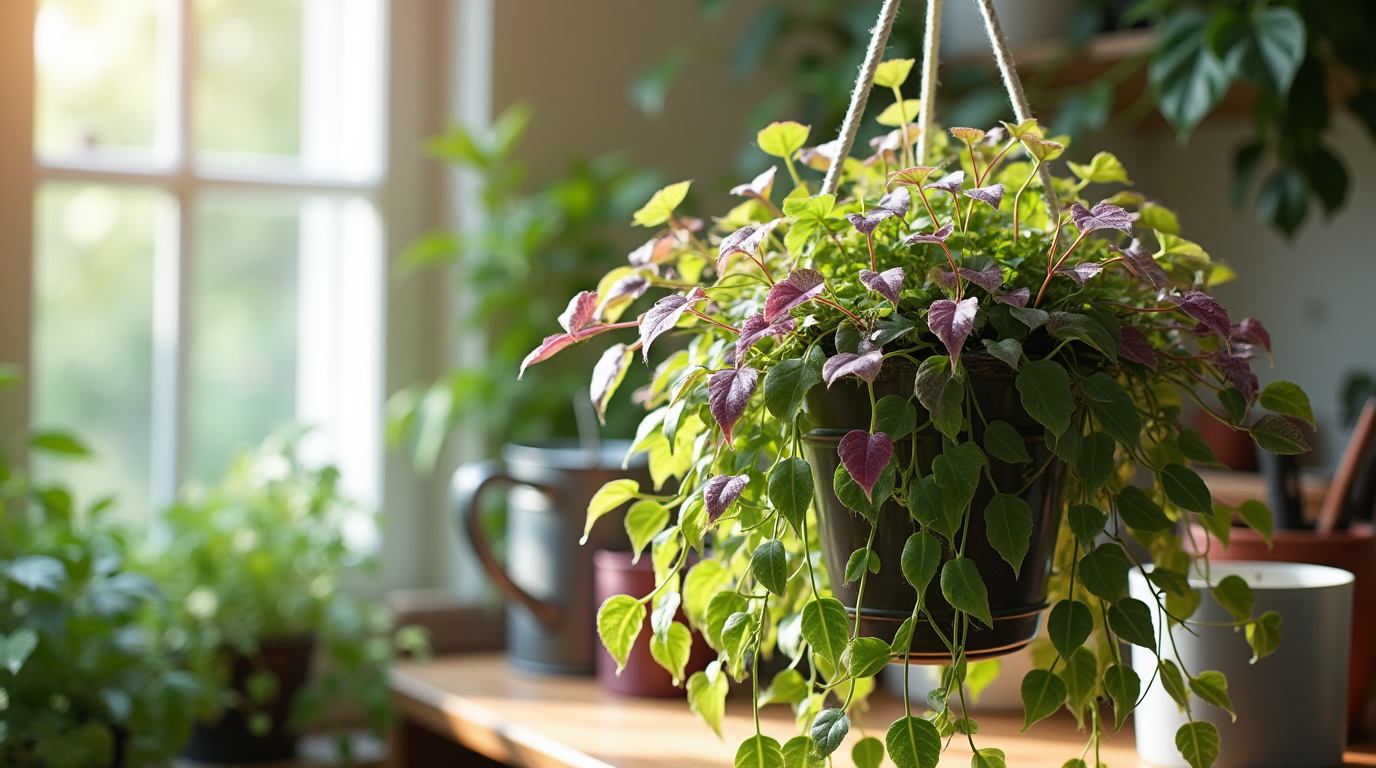
In this guide, we’re spilling all the expert tips you need to keep your Wandering Jew plant happy, healthy, and growing like crazy. From lighting secrets to watering hacks, we’ve got you covered. Stick with us – there’s plenty of plant magic ahead, and trust us, your green buddy will thank you! 🌿✨
Understanding the Wandering Jew Plant
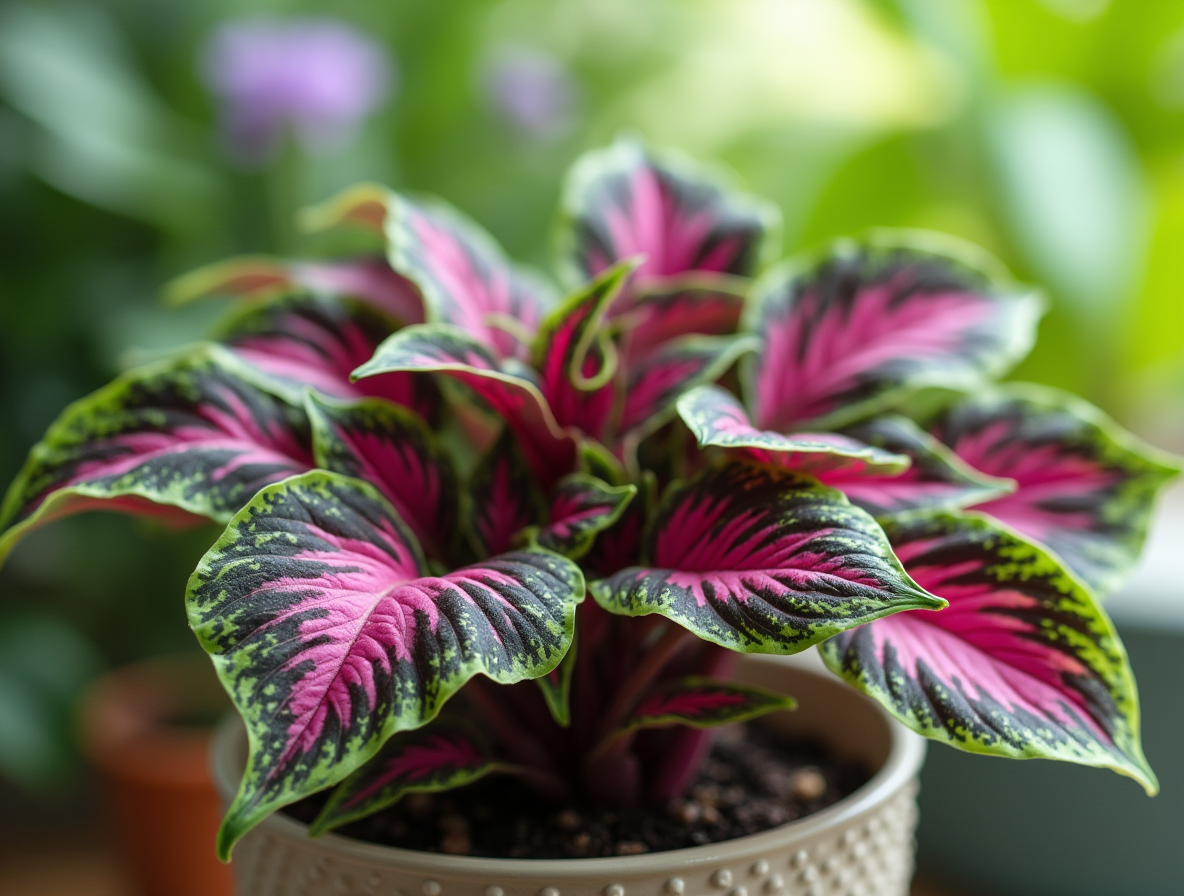
Description and Characteristics
The Wandering Jew plant (Tradescantia) is a popular and striking houseplant that’s known for its easy-care nature and vibrant foliage. Native to Central and South America, this plant has quickly become a favorite among plant enthusiasts for its resilience and beautiful colors. Its leaves are an eye-catching combination of purple, green, and silver hues, making it a perfect addition to any indoor space that needs a pop of color.
Here are some key characteristics that make the Wandering Jew plant stand out:
- Colorful Leaves: The most notable feature of this plant is its colorful leaves, which can range from deep purple to green with silver streaks running through them. The combination of colors creates a stunning visual contrast that draws the eye.
- Soft, Succulent Texture: The leaves have a fleshy, almost velvety texture, which adds a tactile element to the plant’s beauty. It feels as good as it looks!
- Low Maintenance: If you’re new to houseplants or have struggled with plant care in the past, the Wandering Jew plant is a great option. It’s forgiving and thrives with minimal effort, making it ideal for beginners or anyone looking for an easy-care plant.
Varieties
While the Wandering Jew is typically known for its bold colors and lush growth, there are actually several different varieties, each with its own unique charm. These varieties may have slightly different care needs, but they all share the same basic characteristics.
- Tradescantia Zebrina: This variety is probably the most familiar to many plant owners, thanks to its stunning purple and silver striped leaves. It’s the easiest variety to care for and grows quickly, making it perfect for beginners.
- Tradescantia Pallida: This variety is distinct for its deep, rich purple foliage. It loves a bit more sunlight than the Zebrina variety, but its care requirements are otherwise quite similar.
- Tradescantia Fluminensis: This variety has green leaves streaked with white, offering a subtler appearance compared to the others. It tends to do better in lower light conditions, so it’s a great option for dimmer spots in your home.
Although each variety has slightly different preferences, they are all relatively easy to care for and will thrive in a range of indoor conditions.
Growth Habit
The Wandering Jew plant is a trailing and vining plant, meaning it grows long, cascading vines that can either trail down from hanging pots or spread out in all directions. This growth habit gives the plant a unique and dynamic look, making it a versatile choice for various types of indoor decor. Here’s a closer look at what you can expect from the plant’s growth pattern:
- Trailing Vines: The Wandering Jew plant loves to spread its vines, creating a beautiful cascading effect. Whether you place it in a hanging basket or let it spill down from a shelf, it will fill the space with greenery and texture. Its trailing vines make it perfect for bringing life to high shelves, hanging pots, or even as a centerpiece in a decorative arrangement.
- Spread of Beauty: Not only does it cascade, but the plant can also spread out on a surface, creating a lush and full look. This makes it a great choice for larger pots where you can let the vines sprawl and cover the surface in a flowing, lush pattern.
- Low-Maintenance Decor: Because of its vining nature, the Wandering Jew is ideal for anyone looking to add vibrant greenery to their space without having to worry about constant upkeep. It’s the perfect plant for creating a relaxed, natural vibe in any room.
With its beautiful trailing vines and adaptable growth, the Wandering Jew plant is a great option for anyone looking to add both style and ease to their home decor. Whether you hang it, let it trail, or spread it across a shelf, it will bring a lush, vibrant touch to any room.
Ideal Growing Conditions for Wandering Jew Plants
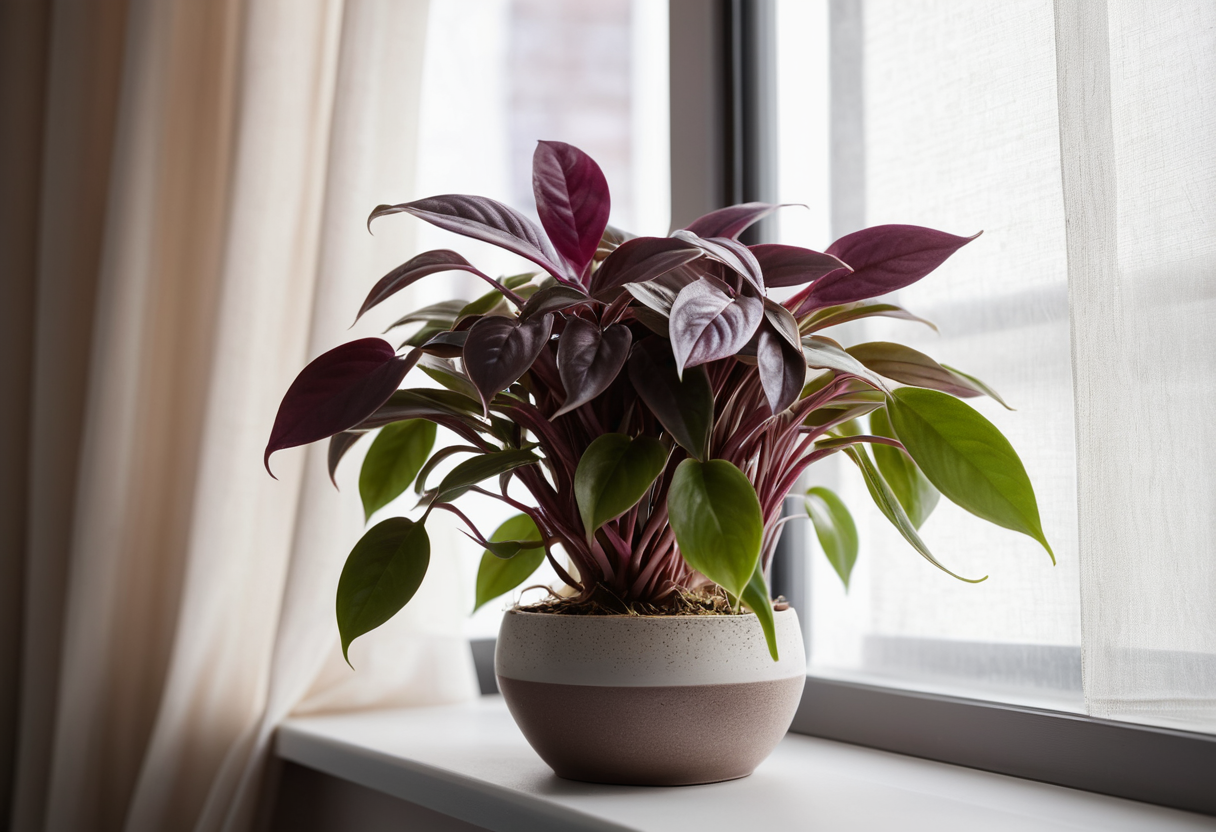
To ensure your wandering jew plant thrives, it’s important to provide the right conditions, including bright, indirect light and proper humidity. Just like selecting the perfect decor for your home, such as these 10 Stunning Glass Christmas Tree Designs to Brighten Your Holidays, creating an ideal growing environment adds charm and vibrancy to your space. With a little attention to detail, both your plant and your decor can complement each other beautifully.
Light Requirements
When it comes to light, Wandering Jew plants are pretty flexible, but they do have a sweet spot for the perfect amount of sunshine. They love bright, indirect light, which means they’ll thrive in spots where the light is bright but not directly hitting them. Think windowsills that get plenty of daylight but are shielded from the harsh midday sun. This will keep your plant happy and encourage those stunning colors to really pop!
On the flip side, too much direct sunlight can be a little too much of a good thing. The leaves may start to scorch, turning brown or crispy around the edges. So, while they love light, try to avoid placing your plant in direct sunlight, especially during the hottest parts of the day.
Temperature and Humidity
Wandering Jew plants are pretty tolerant when it comes to temperature, but like most plants, they do best in the sweet spot of moderate warmth. Here’s what you should aim for:
- Ideal Temperature: They love temperatures between 60°F to 75°F (15°C to 24°C), which makes them perfect for indoor environments year-round. Just be sure to avoid placing them in drafty spots or near cold windows, as chilly temperatures can slow down their growth.
- Humidity: These plants aren’t picky about humidity, but they do prefer moderate to high humidity. If your home tends to be dry, especially during winter, you might want to consider misting the leaves or placing a humidifier nearby. Your Wandering Jew will reward you with lush growth in return.
Soil and Potting
Now, let’s talk about the foundation of your plant’s growth: its soil and potting setup. A little prep here can make a big difference in the long-term health of your Wandering Jew.
- Well-Draining Soil: The key to keeping your Wandering Jew happy is making sure the soil doesn’t stay too wet. A well-draining potting mix is ideal—look for a blend that’s light and airy, and preferably with a bit of perlite or sand to improve drainage. This will keep the roots from sitting in water, which can lead to root rot.
- Slightly Acidic Soil: Wandering Jews prefer slightly acidic soil, with a pH between 6.0 and 6.5. But don’t stress too much if you don’t have a pH meter—most standard potting soils are just fine.
- Pot with Drainage Holes: When it comes to potting, drainage is everything. Be sure to choose a pot with drainage holes so any excess water can escape. This prevents the roots from sitting in stagnant water, which can lead to all sorts of issues like root rot. Make sure the pot you choose has enough room for the roots to spread out and grow!
With these ideal growing conditions, your Wandering Jew plant will be set up for success, offering you plenty of lush greenery and vibrant colors all year long. Give it the right light, temperature, and soil, and it’ll reward you with stunning growth in no time!
Watering and Feeding Tips for Healthy Growth
When it comes to wandering jew plant care, getting the watering routine just right is crucial. This plant loves to stay moist, but not too wet—so let’s dive into the best practices for keeping your wandering jew plant happy and hydrated.
Watering Frequency
One of the most important aspects of care for wandering jew plant is watering. These plants enjoy a consistently moist environment, but they don’t like their roots to sit in water. The key is to keep the soil moist, not soggy.
To check moisture levels, stick your finger into the soil about an inch deep. If it feels dry, it’s time to water. If it still feels damp, hold off for a day or two. The goal is to water thoroughly, making sure the water reaches all the roots, but also ensuring that excess water can drain away.
- In the warmer months (spring and summer), your plant will likely need water more frequently—about once a week or when the top inch of soil feels dry.
- In cooler months (fall and winter), the plant’s growth slows down, so it won’t need as much water. Water less often, ensuring the soil dries out slightly between waterings.
Common Watering Mistakes to Avoid
When it comes to care of wandering jew plant, there are a few common watering mistakes that can harm your plant. Let’s make sure you’re avoiding these so your plant can thrive!
- Overwatering: This is one of the most common mistakes. If you water too frequently or let the plant sit in water, the roots can rot, causing the plant to wilt and die. To avoid overwatering, always ensure your pot has drainage holes and that you allow excess water to escape after watering.
- Underwatering: On the flip side, underwatering can also stress your plant out. If the soil dries out too much, the leaves will start to curl or turn crispy. Be sure to check the soil regularly and adjust your watering schedule accordingly. A careful balance is the key to healthy growth.
Fertilizing
To keep your wandering jew plant growing strong and healthy, a little extra nutrition goes a long way. During the growing season (spring and summer), it’s important to feed your plant regularly to support its growth. Here are a few tips to keep in mind for fertilizing:
- Types of Fertilizers: Use a balanced liquid fertilizer or a slow-release granular fertilizer. A balanced fertilizer with equal amounts of nitrogen (N), phosphorus (P), and potassium (K) will provide your plant with the essential nutrients it needs for vibrant foliage and strong growth.
- Fertilizing Frequency: During the growing season, fertilize your wandering jew plant about once a month. Reduce feeding in the fall and winter when the plant’s growth slows down, as it won’t need as many nutrients during the dormant period.
By following these watering and feeding tips as part of your care for wandering jew plant routine, you’ll encourage lush, vibrant growth that lasts all year long. Whether you’re a beginner or a seasoned plant lover, mastering how plant care wandering jew can help your plant flourish and become a beautiful addition to your home!
Pruning and Maintaining the Wandering Jew Plant
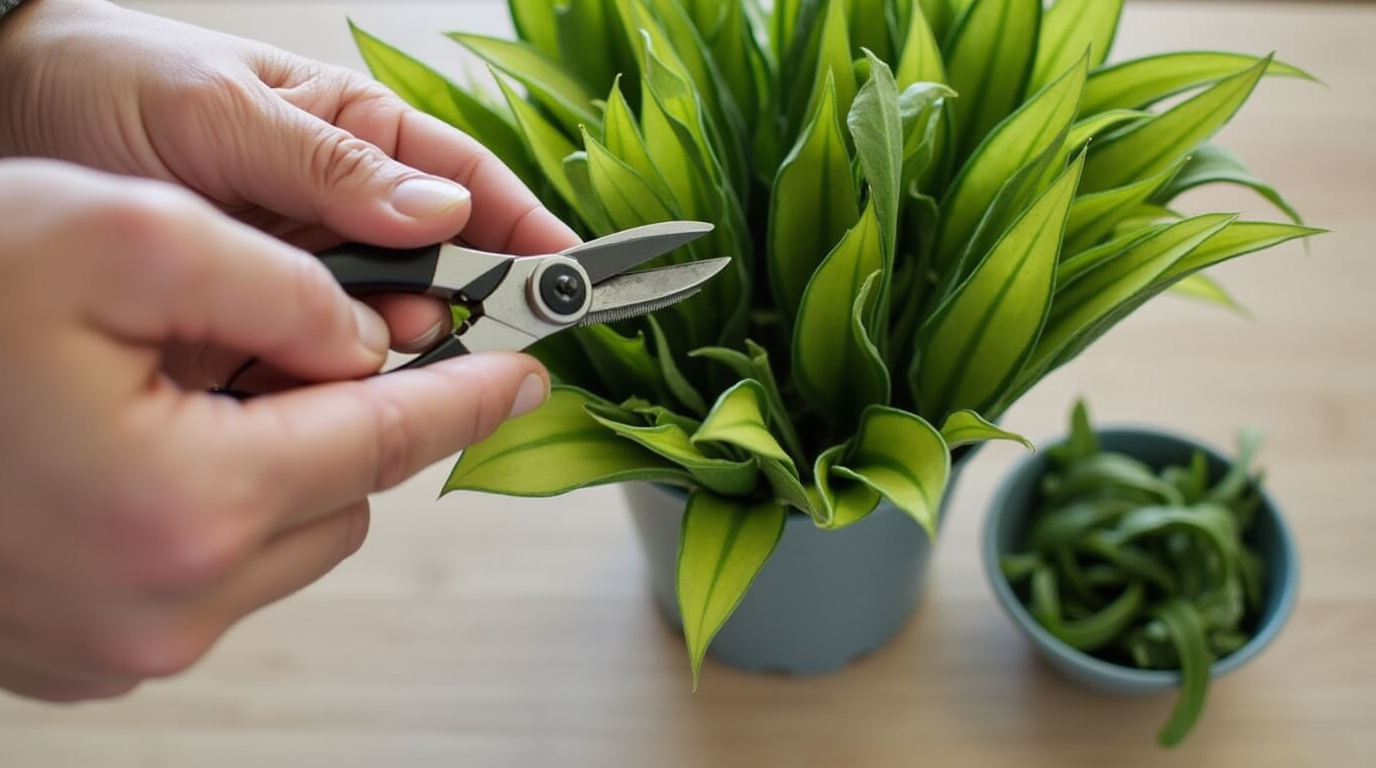
To keep your wandering jew plant looking its best, a little pruning goes a long way. Pruning helps maintain a tidy shape, encourages healthy new growth, and prevents the plant from becoming too leggy. Let’s break down how to care for your plant through proper pruning and maintenance.
When to Prune
Pruning is an essential part of wandering jew plant care. It’s best to prune your plant during the growing season (spring and summer) when it’s actively putting out new growth. Pruning at this time helps stimulate fresh, bushy growth and keeps the plant looking neat and tidy.
- Why Prune? Regular pruning promotes a fuller, healthier plant by encouraging the growth of new stems and leaves. It also helps the plant focus its energy on strong, vibrant growth rather than letting it become unruly or weak.
- When to Prune? You should prune your wandering jew plant every 4-6 weeks during the growing season. You can also prune whenever you notice any overly long or unruly stems that you’d like to trim back.
How to Prune
Pruning may sound intimidating, but it’s actually simple when you know what to do. Here’s a step-by-step guide to ensure you prune your wandering jew plant without causing any harm:
- Gather Your Tools: Use a pair of clean, sharp pruning shears or scissors. This will make a clean cut and prevent any damage or disease from spreading.
- Identify the Right Stems to Cut: Look for long, leggy stems or any stems that are damaged, diseased, or brown. These are the ones you want to trim back to encourage healthier growth.
- Make the Cut: Cut just above a node (where leaves or branches emerge from the stem). This will promote new growth from that point, encouraging a bushier plant.
- Remove Dead or Yellowing Leaves: Gently remove any leaves that are yellowing or wilting. This will improve the overall appearance of the plant and prevent disease.
- Clean Up: After pruning, make sure to discard the cuttings and clean your tools to avoid transferring any bacteria or pests to your plant.
Dealing with Leggy Growth
Leggy growth can sometimes be a sign that your wandering jew plant isn’t getting enough light. If your plant has long, spindly stems with sparse leaves, it’s time to trim back the leggy vines to encourage a fuller look.
Here’s how to manage leggy growth:
- Trim Back Long Vines: Use the same pruning process outlined above to remove the long, spindly stems. Cut them back to a node where new growth can emerge.
- Pinch the Tips: For even bushier growth, pinch off the tips of new stems as they grow. This will prompt the plant to branch out and create a fuller, more compact shape.
- Ensure Proper Light: If your plant is becoming leggy despite regular pruning, consider moving it to a brighter spot. A wandering jew plant loves bright, indirect light, and more light will help it maintain a fuller shape.
By regularly pruning and properly managing leggy growth, you can keep your wandering jew plant looking fresh and vibrant. A little trimming here and there will help the plant grow healthier and bushier, giving you even more beautiful foliage to admire. Proper care of wandering jew plant through thoughtful pruning will keep it thriving and looking its best all year long!
Common Problems and Troubleshooting Tips
Even the healthiest wandering jew plant can run into a few bumps along the way. Whether it’s pests, diseases, or a case of the wilts, knowing how to handle common issues can help keep your plant happy and thriving. Let’s explore some of the most common problems and the best ways to address them as part of your wandering jew plant care routine.
Pests and Diseases
Pests are a common issue for many houseplants, and the wandering jew plant is no exception. Thankfully, these pesky critters are usually easy to spot and treat. Here are the most common offenders and how to deal with them:
- Spider Mites: These tiny, almost invisible pests love to feed on the underside of your plant’s leaves, leaving tiny white spots or webbing behind. To treat them, wash the affected areas with a gentle stream of water or use an insecticidal soap to get rid of them.
- Aphids: These little green or black bugs can cause your plant’s leaves to curl and distort. To manage aphids, gently wipe them off with a damp cloth or spray your plant with a mixture of water and dish soap. If the infestation is severe, consider using a stronger insecticidal treatment.
- Fungal Infections: Overly moist conditions can sometimes lead to fungal infections like powdery mildew or root rot. To prevent fungal problems, make sure your wandering jew plant has well-draining soil, and always allow excess water to escape from the pot. If you spot fungal growth, prune the affected areas and treat with a fungicide.
Keep an eye out for any signs of pests or disease, and address them promptly to keep your wandering jew plant healthy and free from harm.
Leaf Discoloration
One of the most common problems plant owners face is leaf discoloration—yellowing or browning leaves are often the first signs that something is off. Here are some possible causes and how to address them:
- Yellowing Leaves: If the leaves on your wandering jew plant are turning yellow, it could be a sign of overwatering or underwatering. Be sure to check the soil moisture regularly. If it’s consistently soggy, you may need to adjust your watering schedule. Yellowing can also indicate a lack of nutrients, so consider adding a balanced fertilizer to improve the plant’s health.
- Browning Leaves: Browning tips or edges on leaves are often a sign of too much direct sunlight or low humidity. If your plant is getting too much sun, move it to a spot with bright, indirect light. For low humidity, try misting the leaves or using a humidifier to provide extra moisture.
- Watering Issues: Sometimes, water-related problems like over or underwatering can cause leaf discoloration. Make sure you’re keeping the soil moist but not soggy, and always check for proper drainage in your pot.
By addressing water, light, or nutrient-related issues, you can get your wandering jew plant back to looking healthy and vibrant in no time.
How to Revive a Dying Wandering Jew Plant
Has your wandering jew plant been looking a little lackluster or even struggling? Don’t panic—there are steps you can take to revive your plant and bring it back to life! Here’s how you can nurse a sick plant back to health:
- Check the Watering: Overwatering or underwatering can stress out your wandering jew plant. If the soil is too soggy, let it dry out before watering again. If it’s too dry, water thoroughly but don’t let the plant sit in water.
- Move to Better Light: If your plant is leggy, sparse, or has been struggling with leaf discoloration, it might not be getting enough light. Move your wandering jew plant to a brighter spot with bright, indirect light, and watch it start to perk up.
- Prune Dead or Damaged Growth: Pruning is a great way to help your plant recover by removing dead or damaged leaves and stems. This will help redirect the plant’s energy toward new, healthy growth.
- Fertilize: If your plant seems weak or stunted, it may benefit from a dose of fertilizer. Use a balanced, liquid fertilizer once a month during the growing season to give your plant the nutrients it needs.
By following these tips for the care of wandering jew plant, you can often bring a struggling plant back to life. Just be patient, and adjust its care routine as needed—soon you’ll be enjoying a thriving, vibrant wandering jew plant once again!
With a little knowledge and attention to detail, wandering jew plant care can be a breeze. Keep an eye out for pests, address leaf discoloration, and know how to rescue your plant when it’s in trouble—and you’ll enjoy this beautiful plant for years to come.
FAQ
Does the Wandering Jew plant need full sun?
No, the wandering jew plant does not need full sun. It thrives best in bright, indirect light, where it can get plenty of light without the harsh effects of direct sunlight, which can scorch its leaves. For optimal wandering jew plant care, avoid placing it in direct sunlight for extended periods.
How do I keep my wandering Jew plant happy?
To keep your wandering jew plant happy, ensure it receives bright, indirect light, regular watering (without overwatering), and a well-draining, slightly acidic soil. Also, pruning and maintaining proper humidity will help the plant grow strong and vibrant. Regular attention to these needs is key to successful care of wandering jew plant.
Why are the leaves on my wandering Jew turning brown?
Browning leaves on your wandering jew plant can result from too much direct sunlight, insufficient humidity, or inconsistent watering. If the leaves are browning at the edges, it’s often due to low humidity or overexposure to sun. Check your plant’s care routine and adjust watering and light exposure as needed.
Is wandering Jew a good indoor plant?
Yes, the wandering jew plant is an excellent choice for an indoor plant due to its tolerance of indirect light and ease of care. It adds vibrant color and lush greenery to indoor spaces, making it a popular option for home decor. With proper wandering jew plant care, it thrives indoors and enhances any living space.
Conclusion
By now, you’ve learned all the essential tips for wandering jew plant care—from understanding its light and water needs to pruning for healthy growth. Remember, the key to a thriving wandering jew plant lies in providing it with the right balance of light, moisture, and attention. Don’t be afraid to experiment with different care strategies to see what works best for your plant.
We’d love to hear about your experiences with care of wandering jew plant! Feel free to share your tips or ask any questions in the comments below. Let’s continue learning and growing together!
Check out our latest article for more insights, and follow us on Facebook for updates! and connect with us on Instagram, Pinterest, and YouTube for more inspiration!


